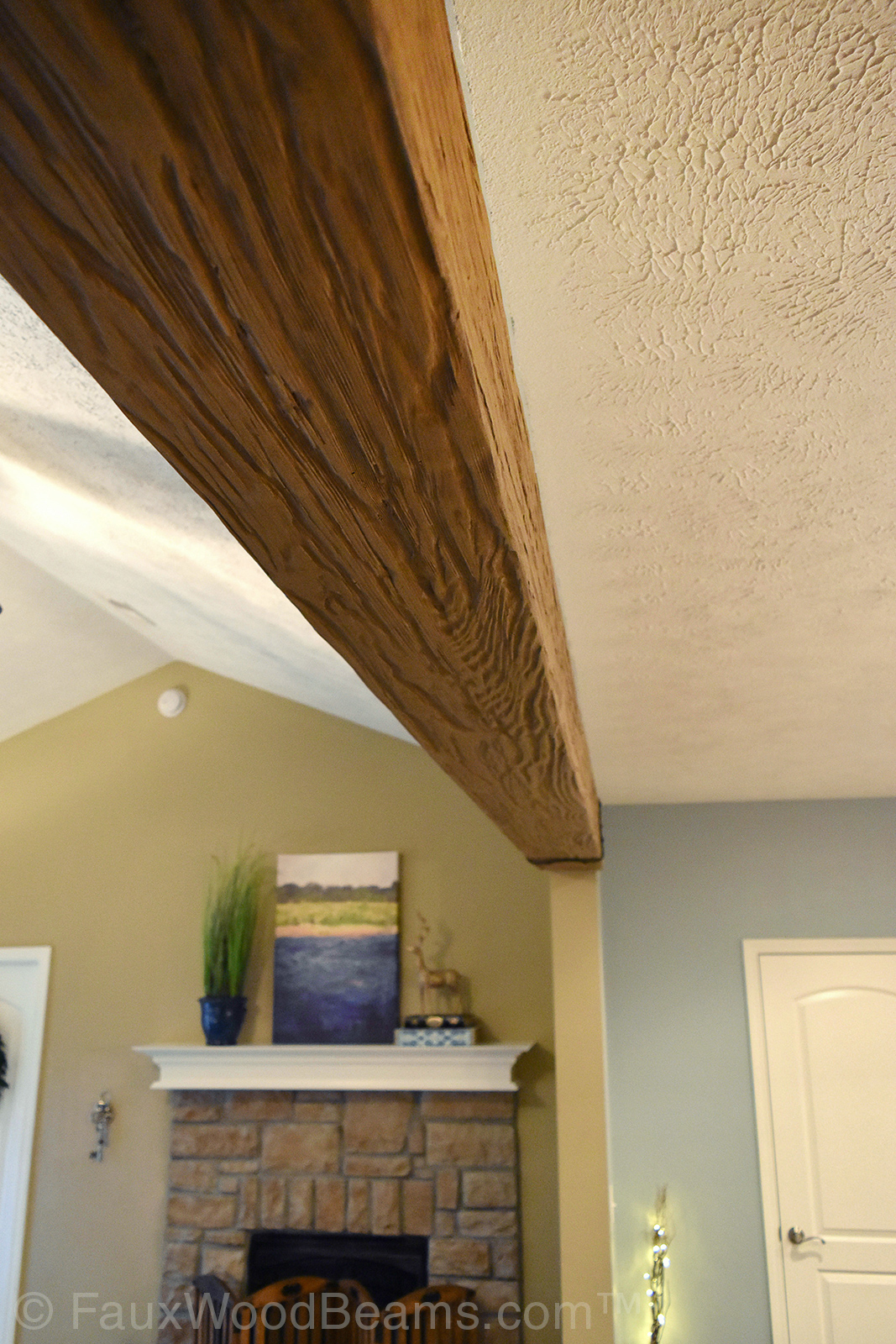Step into a world where ordinary ceilings transform into extraordinary accents with the strategic use of ceiling trim. From the intricate details of crown molding to the subtle elegance of cove trim, these architectural embellishments have the power to elevate the entire look and feel of your home.
This comprehensive guide delves into the various types of ceiling trim, their benefits, and installation considerations, empowering you to transform your ceilings into breathtaking masterpieces. Get ready to explore the endless possibilities and unlock the hidden potential of your “fifth wall.”
Why Ceiling Trim Matters
Ceiling trim, often referred to as crown molding, might seem like a small detail, but its impact on a room’s ambiance is significant. It’s more than just a decorative element; it adds depth, character, and a refined touch that can elevate a space from simple to sophisticated.
Benefits of Ceiling Trim
- Architectural Interest: Ceiling trim introduces intriguing lines and shadows, adding visual depth and dimension to otherwise plain ceilings.
- Elevated Aesthetics: It instantly creates a more polished and finished look, signaling attention to detail and design sensibility.
- Enhanced Perceived Value: Ceiling trim is often associated with high-end homes and thoughtful renovations, potentially increasing your home’s market value.
Exploring a World of Ceiling Trim Styles
Just like fashion, ceiling trim comes in a variety of styles to suit any taste and architectural era.
Popular Ceiling Trim Styles:
- Crown Molding: The most recognizable type, crown molding, is known for its decorative profile that projects outward from the wall. It ranges from simple to highly ornate, making it suitable for various aesthetics.
- Cove Molding: Cove molding offers a softer, concave curve where the wall meets the ceiling. This style adds a subtle touch of elegance and works well in both traditional and contemporary homes.
- Bed Molding: This smaller, less intricate trim is often used above cabinets, windows, or doors. It provides a clean, finished look and can be painted or stained to match your existing décor.
- Cornice Molding: If you’re after a grand, traditional look, cornice molding is the way to go. It’s larger and more ornate than other types, often featuring intricate details and embellishments.
Choosing the Right Ceiling Trim for Your Home
Selecting the perfect ceiling trim is a matter of balancing personal preference with your home’s existing architectural style. Consider these factors:
Style Considerations
- Architectural Harmony: Modern homes often pair well with simpler crown molding or sleek cove molding. Traditional homes, on the other hand, can handle more elaborate profiles and details.
- Room Size and Scale: Large rooms with high ceilings can accommodate larger, more ornate trim styles. Smaller rooms or those with lower ceilings benefit from more delicate profiles to avoid a visually overwhelming effect.
Material Matters
The material you choose impacts both the look and longevity of your ceiling trim.
- Wood: Timeless and classic, wood trim offers natural warmth and beauty. It’s durable but can be more expensive and may require periodic maintenance.
- MDF (Medium-Density Fiberboard): MDF is a cost-effective, moisture-resistant option making it suitable for kitchens and bathrooms. It’s also very receptive to paint.
- Polyurethane: Lightweight and easy to work with, polyurethane trim is another moisture-resistant choice. It’s ideal for DIY projects and can be painted or stained to mimic the look of natural materials.
- Plaster: Often found in historical homes, plaster offers an authentic, old-world charm. It allows for intricate details but typically requires professional installation.
The Art of Installation: DIY or Call a Pro?
Installing ceiling trim can be a satisfying DIY project for those with carpentry experience. However, it demands precision and careful planning.
DIY Considerations
- Essential Tools: A miter saw is crucial for accurate angled cuts, along with a nail gun, measuring tape, level, and safety glasses.
- Precision and Patience: Precise measurements and cuts are essential for seamless joints, especially in corners.
Professional Installation
Hiring a qualified contractor or carpenter is a wise choice for complex projects or if you lack experience. Professionals ensure proper installation, minimizing the risk of costly mistakes.
Beyond the Basics: Unique Ceiling Trim Insights
- Lesser-Known Trim Styles: Explore beyond crown molding. Cove, bed, and cornice molding offer unique design possibilities that can elevate your home’s character.
- Room-Specific Inspiration: Each room presents different opportunities for ceiling trim. Consider grand crown molding in a formal dining room, understated cove molding in a minimalist bedroom, or charming beadboard in a cozy cottage kitchen.
- The Power of Paint: Don’t underestimate the impact of paint. A contrasting paint color can accentuate the profile of the trim, while a matching color creates a subtle, elegant effect.
- Troubleshooting Tips: Uneven ceilings and challenging corners are common obstacles. Research solutions beforehand or consult with a professional.
By understanding the nuances of ceiling trim, you can make informed decisions that transform your ceilings from overlooked surfaces into stunning focal points. Embrace the possibilities and enjoy the elevated ambiance that beautifully crafted ceiling trim brings to your home.
- Annapolis Mall Map & Directory: Find Stores, Restaurants & More - March 29, 2025
- Angel of Harmony Statue Vandalized at St. Louis Cathedral Basilica - March 29, 2025
- Amur River Maple ( Acer ginnala): A Comprehensive Guide (Including Invasiveness) - March 29, 2025










